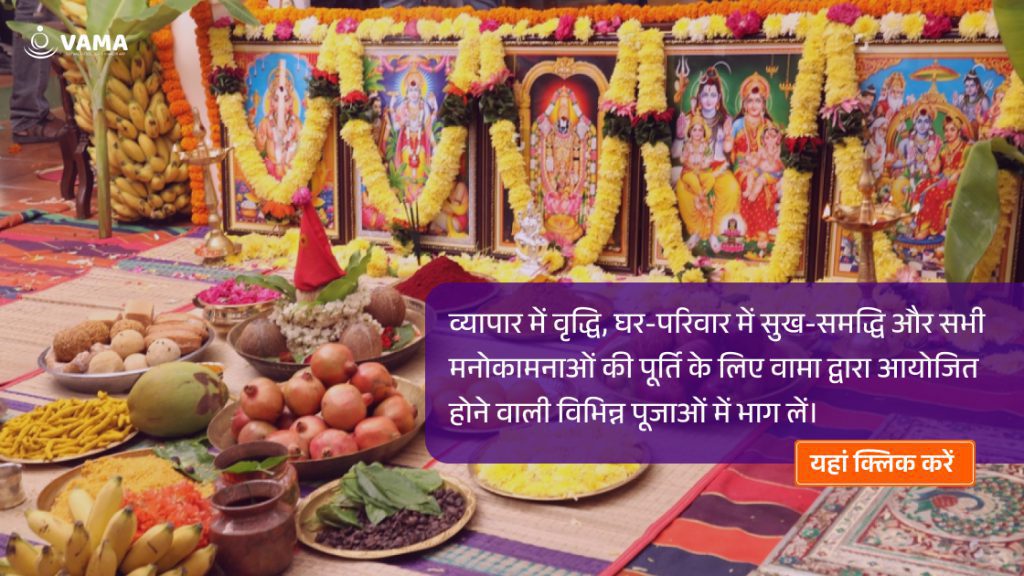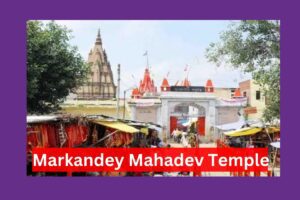Ujjain Mahakaleshwar Temple: The Mystical Mandir from Mythical to Modern Times
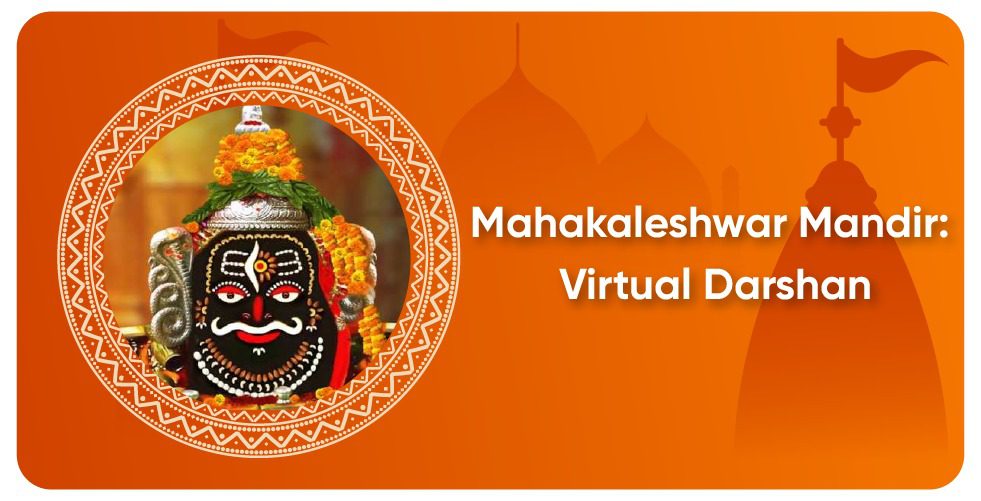
The city of temples – Ujjain. It is called the Tirthon ka tirth mainly because of being home to the most important Jyotirlinga Temple in India. There are 12 Maha Jyotirlinga temples in India as of today. It means, a beam of light, and are shrines and temples dedicated to Lord Shiva, the supreme power of the universe. There are many reasons why this temple is considered so important, beginning with standing the test of time. While humanity has changed and generations have come and gone, the temple stands tall.

How did this happen? Keep scrolling to see how The Mahakaleshwar Temple of Ujjain has evolved from the mythical to modern times.
The Legend
Legend says that on a quest to prove supremacy Lord Brahma, Vishnu and Shiva were at battle. To put an end to it Lord Shiva projected a beam of blinding light that pierced through the three worlds. Lord Brahma and Vishnu, decided to split ways to find the end of the beam. But none could be found. On returning, Lord Vishnu conceded defeat and revealed he did not find the end, while Lord Brahma untruthfully revealed that he did. For attempting this deceit, Brahma was cursed that no temples would be dedicated to worship him.
Ujjain, also known as the land of Avanti was once attacked by a demon named Dushan who was antagonizing the saints and people of this place. One, in particular, was a great devotee of Lord Shiva. One was found by the demon that saint and his sons cried out for lord shiva to come and spare them. Suddenly the land parted and Shiva appeared in his Mahakal Avatar to put an end to the evil of the Demon Dushan. After destroying the evil army is it said that Lord shiva smeared their ashes on himself, and settled in the land as his most powerful abode.
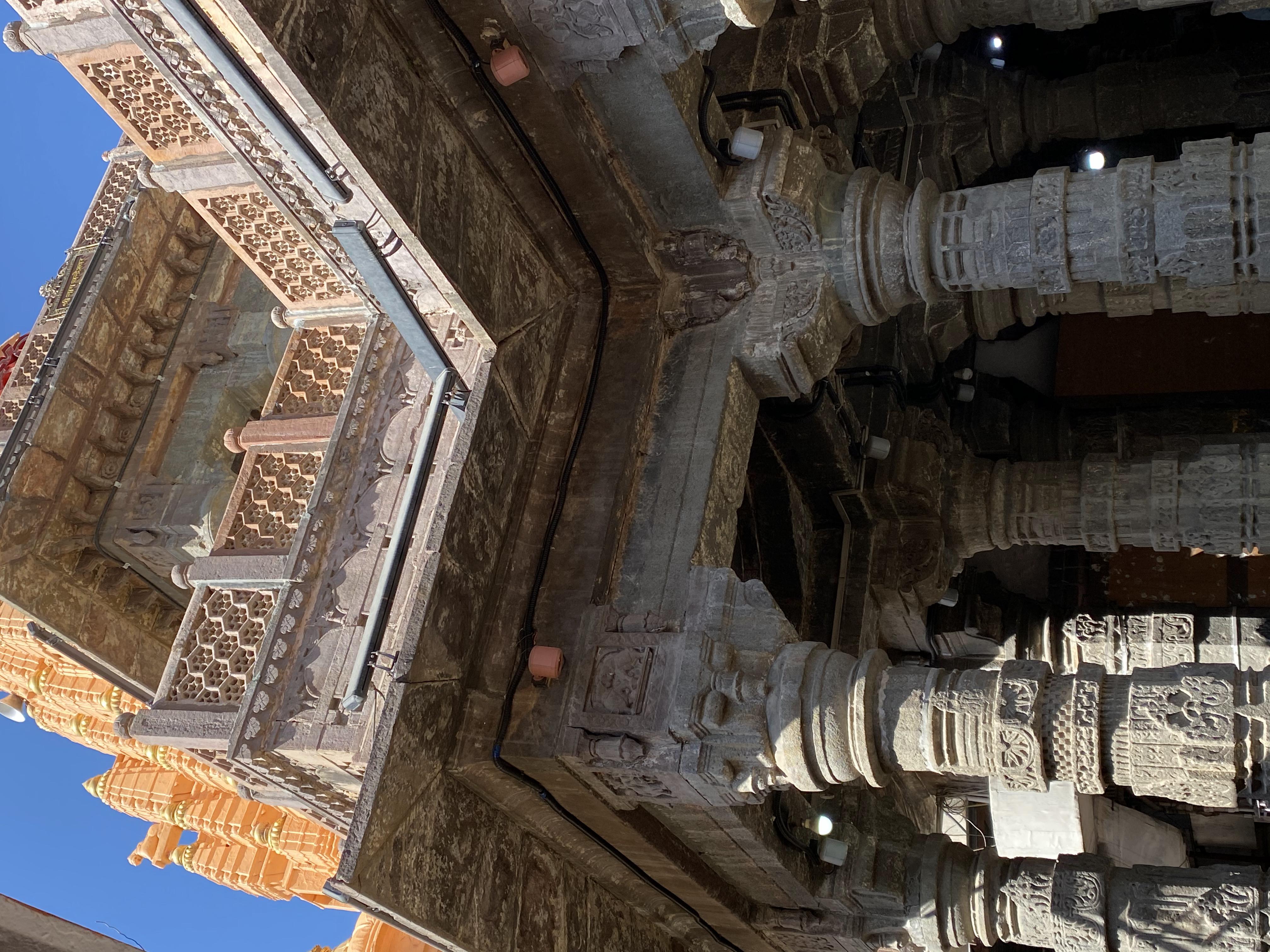
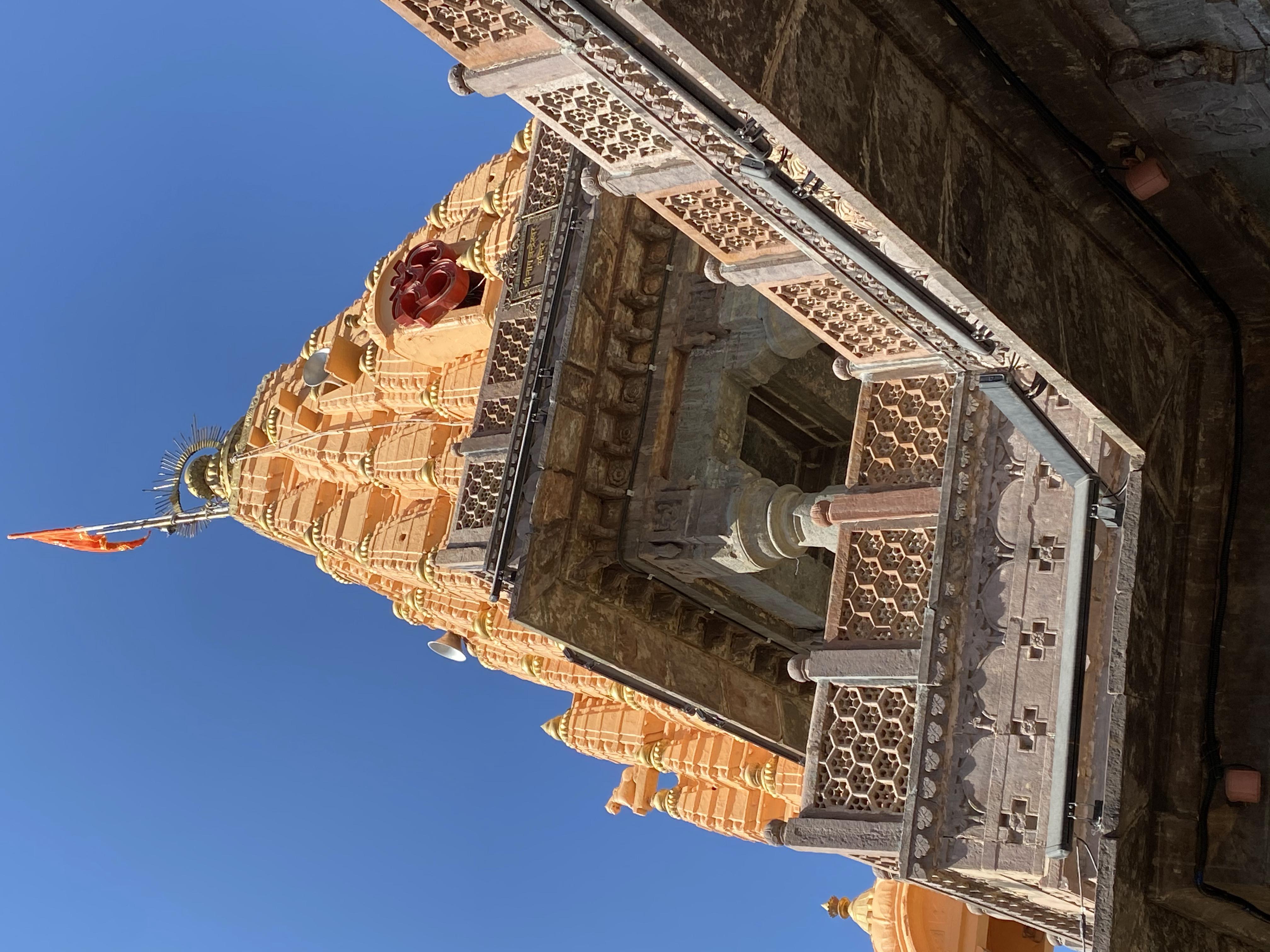
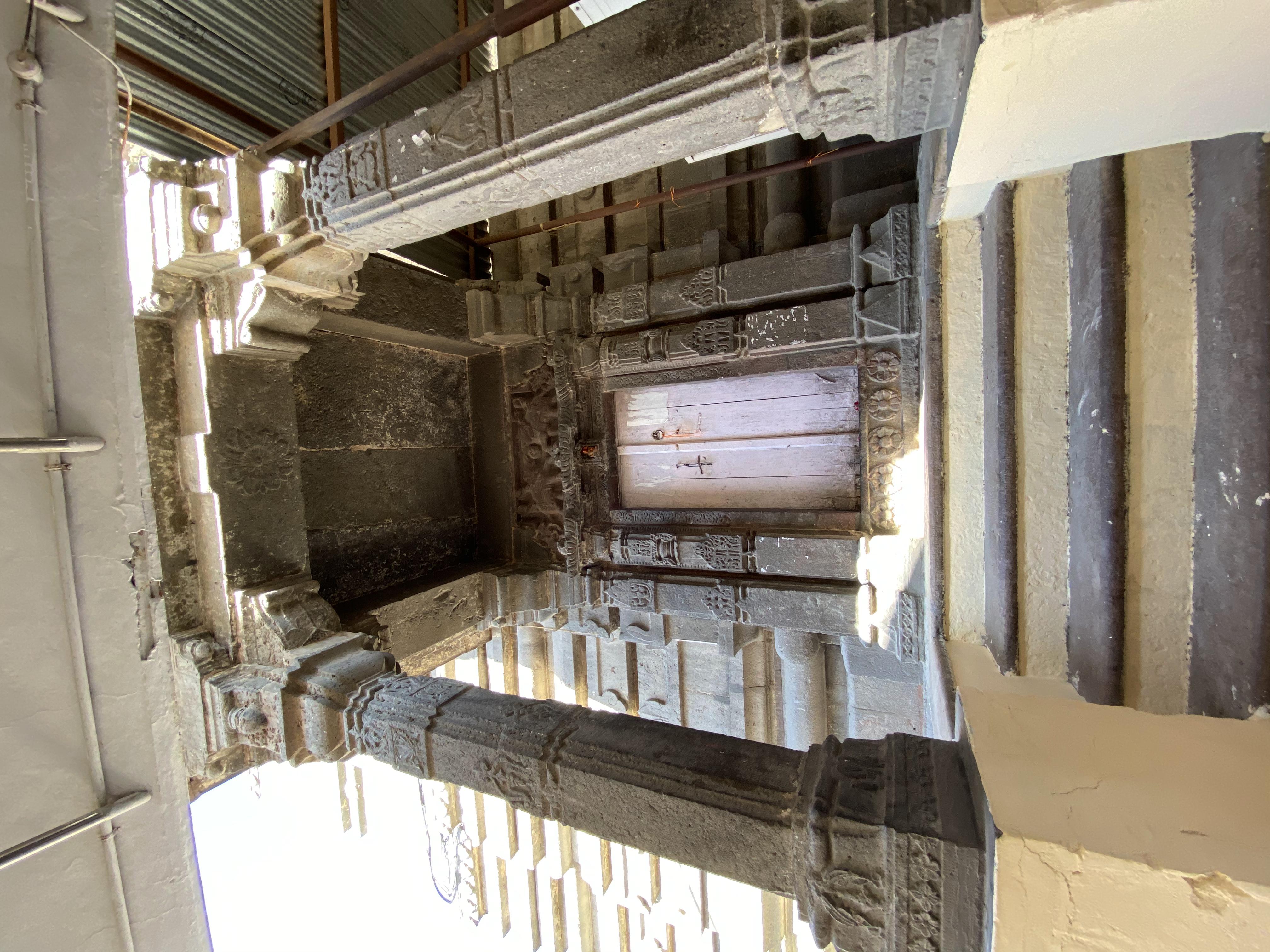
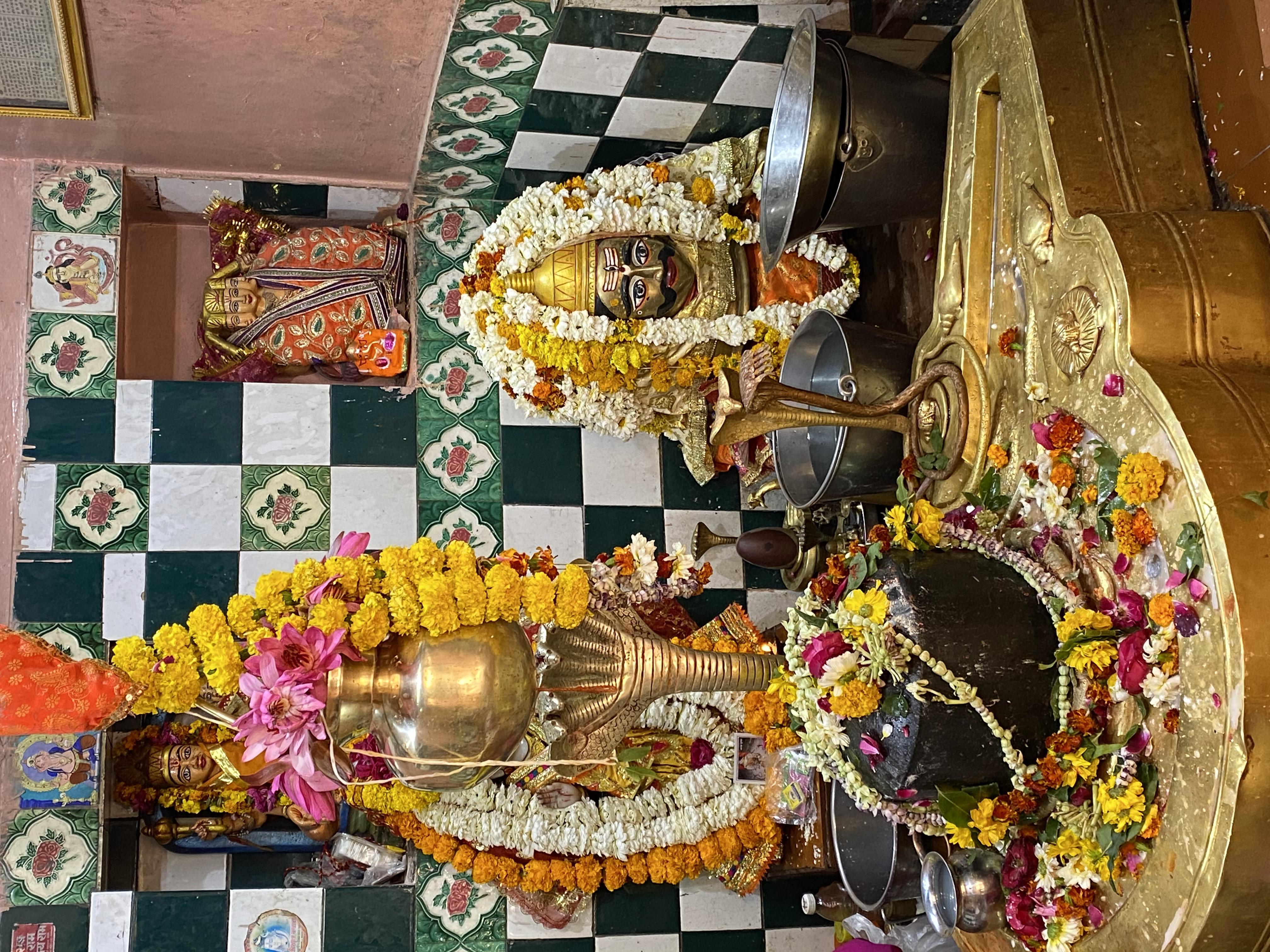
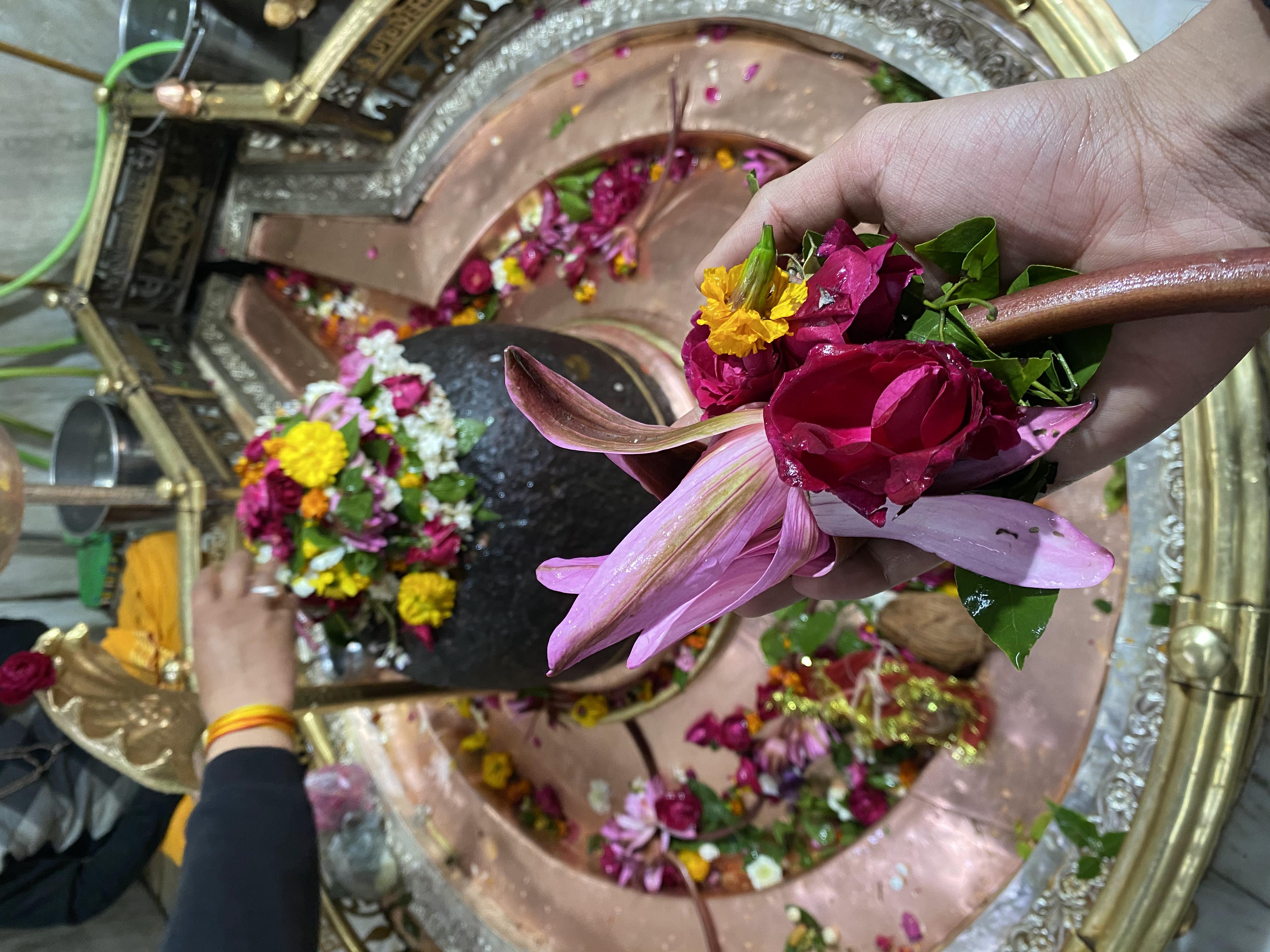
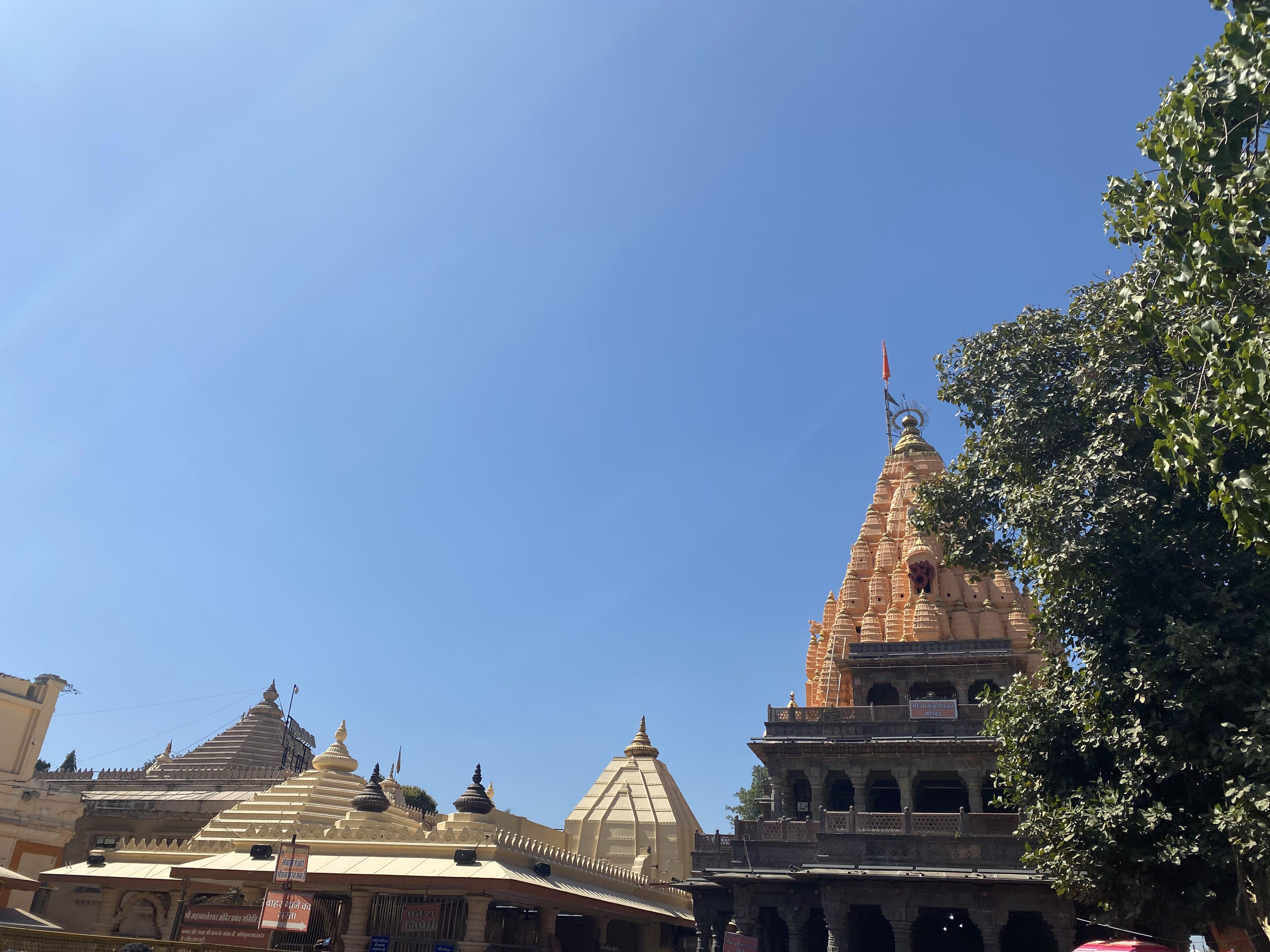
Ancient History
It is not a surprise to anyone that Indians had an advanced understanding of astrology, time and space way ahead of their time. While many such scriptures have been lost in time, one thing that is certain is that there are many modern-day discoveries whose roots can be traced back to the Puranas. Before turning into a place of worship, Ujjain Mahakal Temple was first a foremost an observatory.
What we know today as the Prime Meridien in Greenwhich, which is the 0-degree point as a standard marker of time, according to the ancient Vedas, all spatial calculations were done on the basis of considering the Zero Degree latitude as Ujjain, then, known as Avanti.
That is why people who hail from the east of this prime Meridien are known as Suryavanshi and ones from the west are called Suryavanshi. Can you think of some Chandravanshis and Suryavanshis? Lord Rama is Suryavanshi and the Pandavas are known as Chandravanshi for this very reason! Fascinating how all these stories are connected!
This terminology is still prevalent today wherein people in the western part of the world known as Hamitic (derived from Hema for Moon) i.e caucasian races and Semitic i.e. African and Asian ( derived from Soma meaning Sun) when we speak of races and anthropology.
Medieval to Modern times
During the Mughal invasions, many parts of India were affected by the destruction of culture and knowledge. Centuries of religious and scientific research were being erased from the face of the earth, and something had to be done to preserve them.
One such pause in the history of this Observatory was its destruction by the hands of Sultan Shams-ud-din Iltustmish, the third Mughal Ruler of India in year 1235, only one year before his demise. He came to power by defeating the son of Qutb-ud Din Aibak. This place remained dormant for the coming 500 years.
The restoration of this temple was taken on by Maratha General Ranoji Shinde (under the Ruling of Bajirao) in the year 1734. The following years, this establishment was taken care of by the Shinde dynasty and kept it alive by holding many state meetings such as the Gwalior State meeting during that period of time.
The temple that we know and see today was constructed around the 1840s by the same custodians, and finally handed to the Municipal Corporation of Ujjain after the 1947 independence of India.
The Mahakal Temple Today
The profound impact that The Mahakaleshwar Temple has had in terms of science, awakening, religion, and knowledge for Hindus is wrapped in unexplainable mysticism even today.
It is the only western-facing Shiva Linga in the world.
It has three main parts known as –
- Naga Chendeshwar
- Maha Kaleshwar
- And Om Kaleshwar
The Naga Chandeshwar part of the temple is opened only once a year on the occasion of Naga Panchami.
Maha Kaleshwar is the main temple area that pilgrims flock to worship every year.
And Om Kaleshwar the third portion of the main temple area.
Mahakaleshwar Temple Ujjain Celebrations
Besides being one of the 12 Jyotirlingas of the world, it is also included as one of the 18 Major Shaktipeeth, where parts of Sati have landed on Earth. The vibrations of this temple are considered to bring purifying and peaceful vibes to all those that visit here.
Did you know that on scientific probing using modern technology, many astonishing discoveries were made that bring proof that the electromagnetic vibration of this particular linga is inexplicably concentrated here? Furthermore, on excavation, ancient structured dating is far older than what was originally believed.
Even today, after thousands of years, Lord Shiva is worshipped here with the same stringent rules and practices that have been followed from ancient times. We are going to list them down for you to make it an easy read.
What you can expect
The Mahakaleshwar Temple is open to the public only between 4AM – 11 PM on regular days. Everyday the schedule of Aarti is as follows:
4 AM – Before Sunrise the Bhasma Aarti is done
– Offering Panchamrit
– Followed by Mahakal Jalabhishek
– Shringar using Ashes
At a certain time in history, it is believed that these ashes had to belong to a freshly cremated human from the grounds. On one occasion when no death happened in Avanti, the high priest sacrificed his own son to be able to complete this Puja. Moved by this selfless act of devotion, Lord Shiva was moved and appeared in his form giving back life to the Priest’s son, and also leaving instructions that from now on the ashes bust comprise of cowdung, peepal leaves, the bark of a tree, and other organic elements that can easily be found. Since then, the ashes used here are burnt organic matter. Also believed to possess extraordinary healing properties.
Shiva Shakti is both- form and no form. Aakaar and Niraakar.
By doing do it’s believed that we bring his from formless to having some form.
From Shiva to Shankar.
10 AM – Bhog Aarti
Where offerings of food are made to Lord Shiva.
5PM – Mahakal Pujan Shringaar
Preparing the Shiva Linga for the Evening Aarti
Bhang has offered to the idol
The marks the end of Jal Abhishek for the Day wherein the stream of water if stopped and removed from on top of the Linga.
7 PM- Shandhya Bhoga Aarti
This Aarti is done with the sound of loud bells, damru, shanka and sounds.
In this aarti, Lord Shiva is worshipped as a king.
Acknowledging him as the king of the universe.
Ending the day and finally closing the doors at 11 PM, only to begin again the next morning.
Some surprising facts about the Ujjain mahakal temple
1. Kings, Diplomats, and important figures are not advised to stay in Ujjain overnight. It is believed that people in a position of leadership should visit and leave, or else grave misfortunes follow.
2. No wedding Baarat is allowed to cross from in front of this temple. As it is not allowed for people on horsed to pass by from this area. Again, warned of the same.
Part of it is as Lord Mahakal is the king of Kings, no one else grandeur or importance and comparison shall be taken away if presented in such a way.
3. This temple is even mentioned in Kalida’s Meghdoot.
4. Unlike other temples it is not allowed to touch your forehead to offer prayers. To take Aashirwat one can touch the water flowing over the linga.
5. In the month of saavan, Lord Shiva’s favourite time, his entire linga is covered in leaves from the Bel-tree.
6. This is one of the only temples where liquor is acceptable as an offering.
The great thing is that VAMA is on a mission to make it as easy as possible for you to be able to have this divine experience whenever you may want. We have tied up with the temple to give you this experience on your mobile phone.
